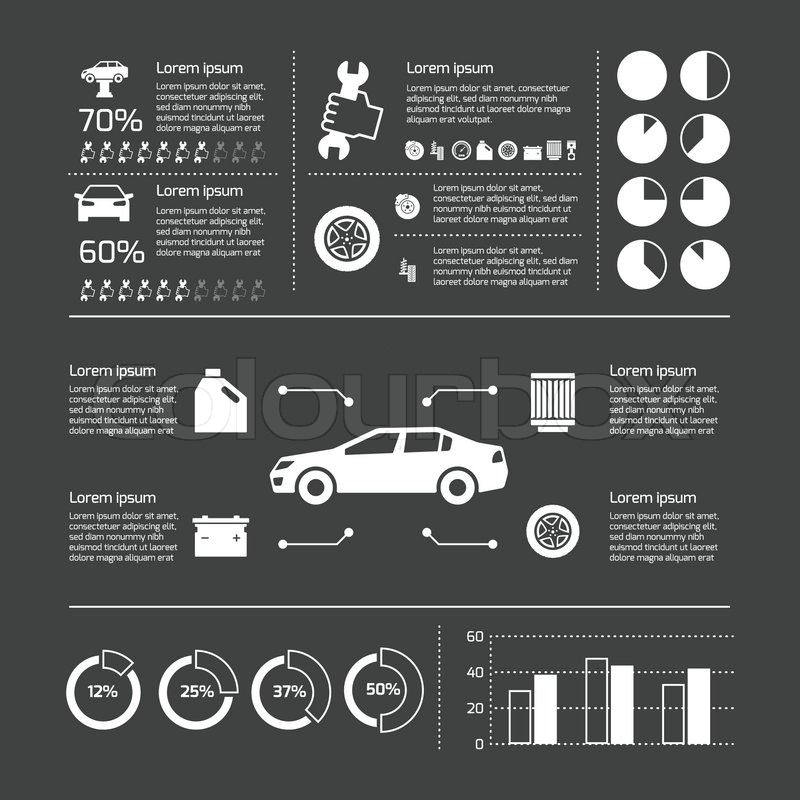Fascinated In Understanding The Warning Lights On Your Cars And Truck'S Control Panel? Discover Their Value For Your Vehicle'S Security And Overall Problem
Fascinated In Understanding The Warning Lights On Your Cars And Truck'S Control Panel? Discover Their Value For Your Vehicle'S Security And Overall Problem
Blog Article
Web Content Author-Higgins Stark
When you lag the wheel, those beautiful caution lights on your dashboard can be a bit perplexing. Do you recognize what they're trying to tell you regarding your auto's health? Understanding the relevance of these lights is essential for your safety and security and the durability of your vehicle. So, the next time one of those lights turns up, would not you intend to understand its message accurately and take the required steps to address it?
Common Warning Lights and Interpretations
Recognize typical caution lights in your automobile and recognize their definitions to make sure secure driving.
One of the most regular caution lights consist of the check engine light, which signifies problems with the engine or discharges system. If this light begins, it's crucial to have your automobile inspected promptly.
The oil stress advising light suggests low oil stress, requiring instant attention to prevent engine damages.
A blinking battery light might recommend a defective charging system, possibly leaving you stranded otherwise attended to.
The tire pressure monitoring system (TPMS) light informs you to reduced tire pressure, influencing car security and gas efficiency. Disregarding this could bring about unsafe driving problems.
The abdominal light shows a problem with the anti-lock stopping system, compromising your ability to stop quickly in emergencies.
Last but not least, the coolant temperature warning light warns of engine getting too hot, which can cause extreme damages if not dealt with quickly.
Comprehending these common warning lights will certainly assist you resolve problems immediately and maintain secure driving problems.
Importance of Prompt Attention
Understanding the common caution lights in your automobile is just the primary step; the importance of without delay attending to these cautions can't be emphasized sufficient to ensure your security when traveling.
When a caution light brightens on your dashboard, it's your vehicle's means of connecting a potential concern that needs focus. Neglecting these cautions can bring about extra severe troubles down the road, endangering your security and possibly costing you more in repairs.
Trigger interest to cautioning lights can protect against breakdowns and crashes. For car detailing products , a flashing check engine light could suggest a misfire that, if left neglected, can trigger damages to the catalytic converter. Addressing this without delay can save you from an expensive repair work.
Similarly, a brake system advising light could signify reduced brake fluid or worn brake pads, crucial parts for your safety when driving.
Do It Yourself Troubleshooting Tips
If you observe a warning light on your dashboard, there are a few DIY repairing pointers you can try before looking for expert assistance.
The very first step is to consult your cars and truck's manual to comprehend what the details warning light indicates. Occasionally the problem can be as easy as a loose gas cap triggering the check engine light. Tightening the gas cap may resolve the issue.
https://brake-check96173.wssblogs.com/30314174/exactly-how-to-locate-a-trustworthy-auto-service-center-in-your-location is a reduced battery, which can trigger numerous cautioning lights. Examining the battery connections for deterioration and guaranteeing they're protected might deal with the trouble.
If a caution light persists, you can try resetting it by separating the vehicle's battery for a couple of minutes and after that reconnecting it. Furthermore, inspecting your vehicle's liquid levels, such as oil, coolant, and brake fluid, can aid troubleshoot alerting lights associated with these systems.
Verdict
Finally, understanding your vehicle's warning lights is vital for maintaining your lorry running efficiently and safely. By immediately attending to these notifies and understanding what they indicate, you can avoid costly fixings and prospective breakdowns.
Remember to consult your car's guidebook for certain information on each warning light and do something about it accordingly to make certain a hassle-free driving experience.
Keep educated, stay secure on the road!
